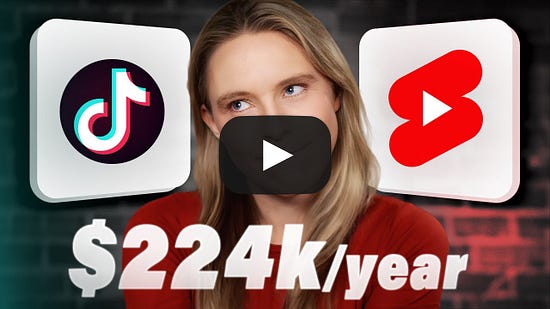It’s not even useful to spend any time thinking about that country because you cannot change anything. The past does not determine the future. It may, and often does, cause us to think we’re somehow bound by past events, but we’re not. Sometimes, our past gets locked in by those around us. They expect you to behave in a particular way because that’s how you behaved before. My Dad told me that he felt free when he finally left the town he’d lived in for most of his life. I moved around quite a lot as a young man and understood what he felt. Every time I moved, I had a chance to re-invent myself and become the person I wanted to be because I wasn’t bound by those who knew me in the last place. That’s very empowering. It proved to me that we can change who we are or were by changing the way we think, talk, and behave. We can all walk away from the past. We do not have to repeat it. It helps to learn from it, though. Today, you can start to design a different future than the one you might seem to be heading for now. All it takes is a decision and the determination to see it through. It’s not as hard as it might seem because if you know of or can imagine someone else living the life you want, then all you need to do is follow that path. At each decision fork ask yourself, “What would … do?”. Invent it if necessary because it will become real. Go forth and be awesome. Regards, P.S. I dug up this ChatGPT prompt that works very well for market research. Boring, I know, but it makes a difference, as you’ll find when you have a play with this. https://getupnote.com/share/notes/Nfn4ZrxerSOt6nHjocGVteZvec12/b4a7bc06-97ff-42f2-8a85-5e38bcd28fdd. Nothing to buy or sign up for, and it works with all versions of ChatGPT. Just as easy to make $1k in a single sale?
|

Where the marketing is easy.











